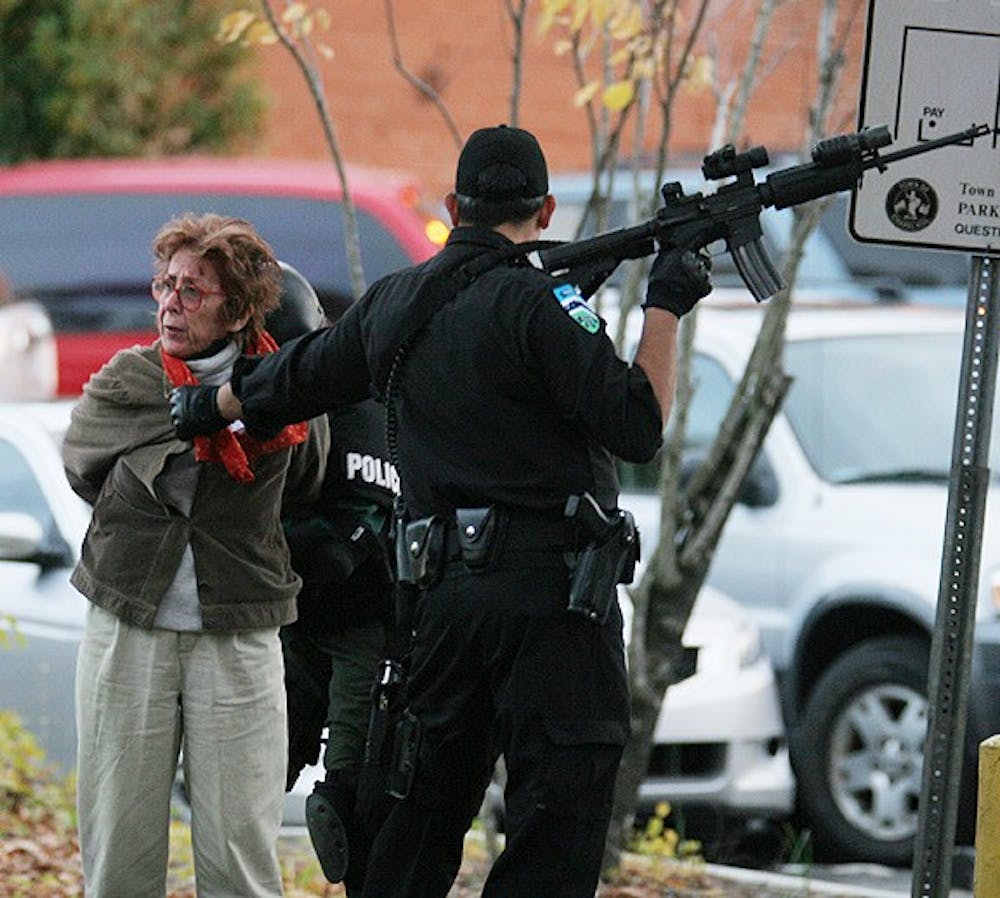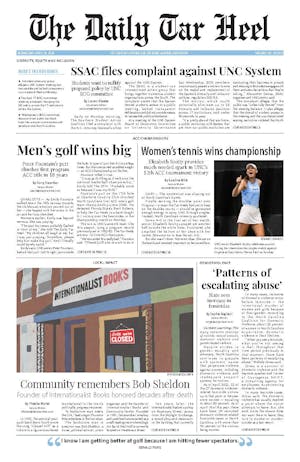One year ago today, Sonia Katchian and seven other members of Occupy Chapel Hill were staring down the ends of assault weapons.
The Chapel Hill Police Department’s Special Emergency Response Team, or SERT, arrested the eight at the Yates Motor Company building, responding to a takeover of the building at 419 W. Franklin St. by Occupy Chapel Hill.
The incident was a defining moment for the local branch of Occupy; residents and protesters alike were caught off-guard by the police’s heavy response.
“It galvanized the movement,” Katchian said. “And it brought into great contrast who we are, and what we’re fighting against systemically.”
Since the raid, the town has worked to regain residents’ trust. Chapel Hill police rewrote some policies in their department to be more clear, and a Community Policing Advisory Committee was formed.
Katchian, a photojournalist, said she was with Occupy Chapel Hill all the way, from the beginning to its end as a centralized movement.
Occupy Chapel Hill moved out of Peace and Justice Plaza on Jan. 10, and faded from the public eye soon after. But activists in Occupy said this was not the end of their activities.
“Because we’re not out there on the streets with placards, it seems like we have faded into the background,” Katchian said.
By late March, general assembly minutes on Occupy Chapel Hill’s website show an average attendance of about three.



